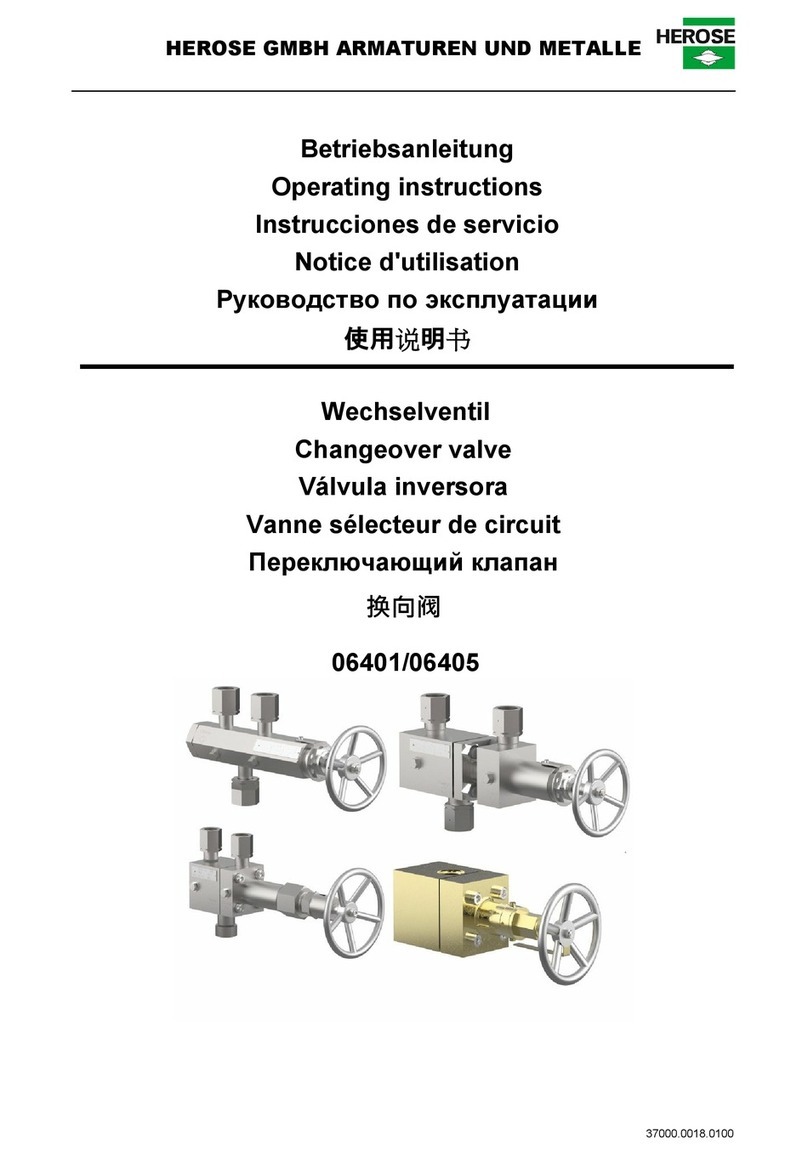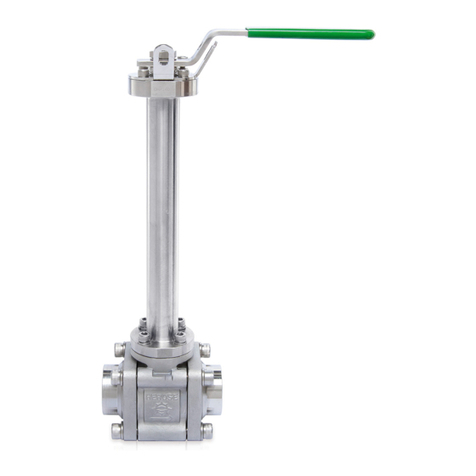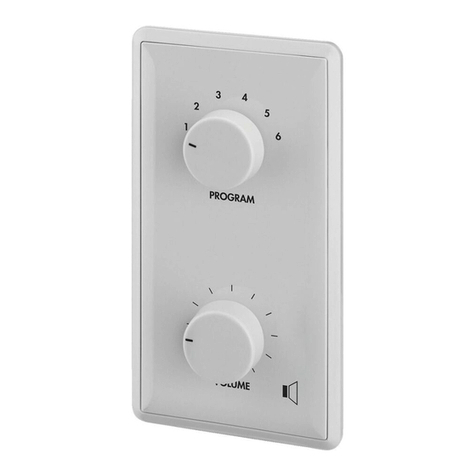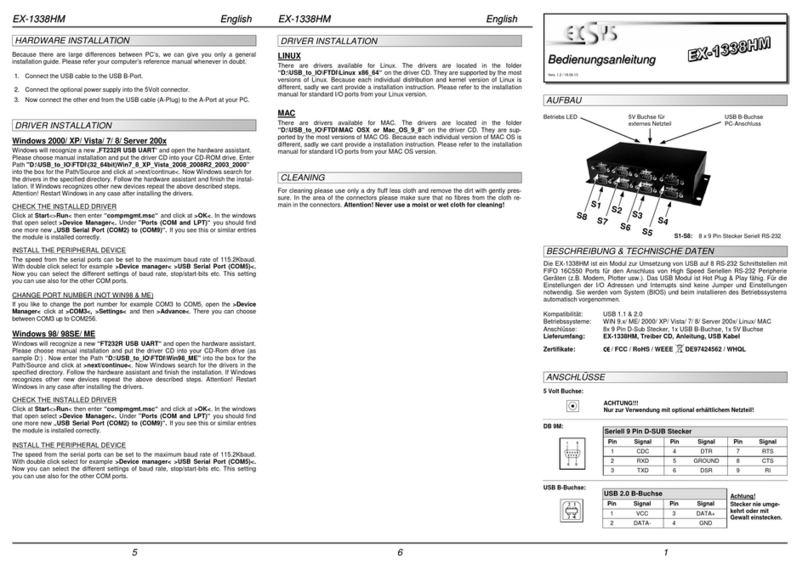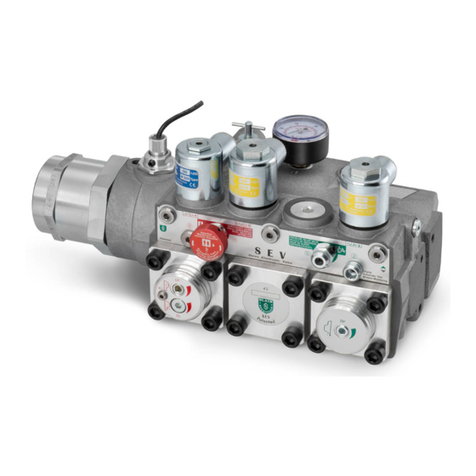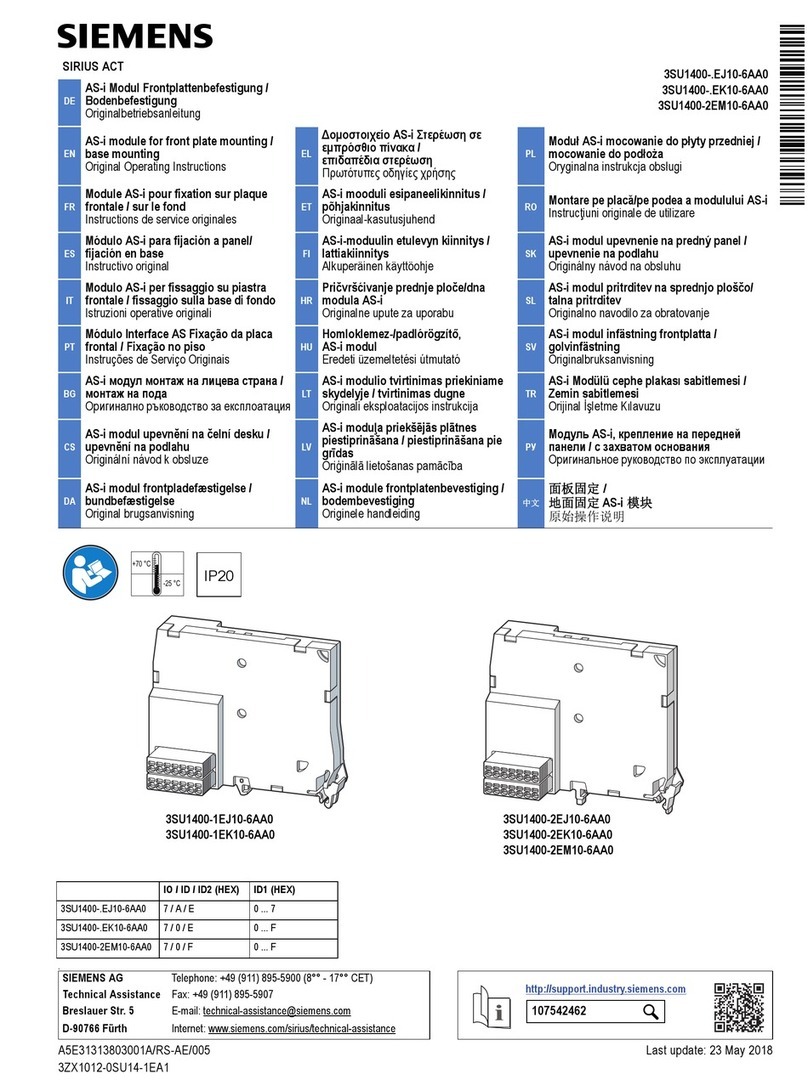HEROSE 06602 User manual
















This manual suits for next models
16
Table of contents
Other HEROSE Control Unit manuals
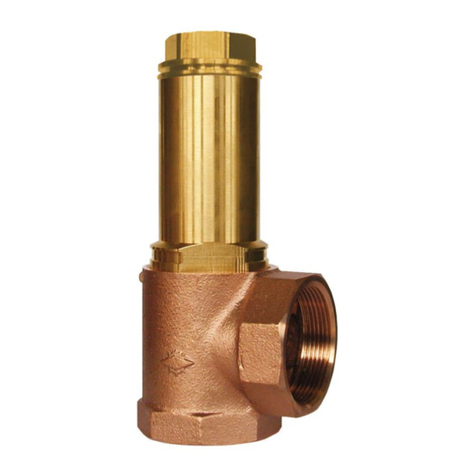
HEROSE
HEROSE 06001 User manual
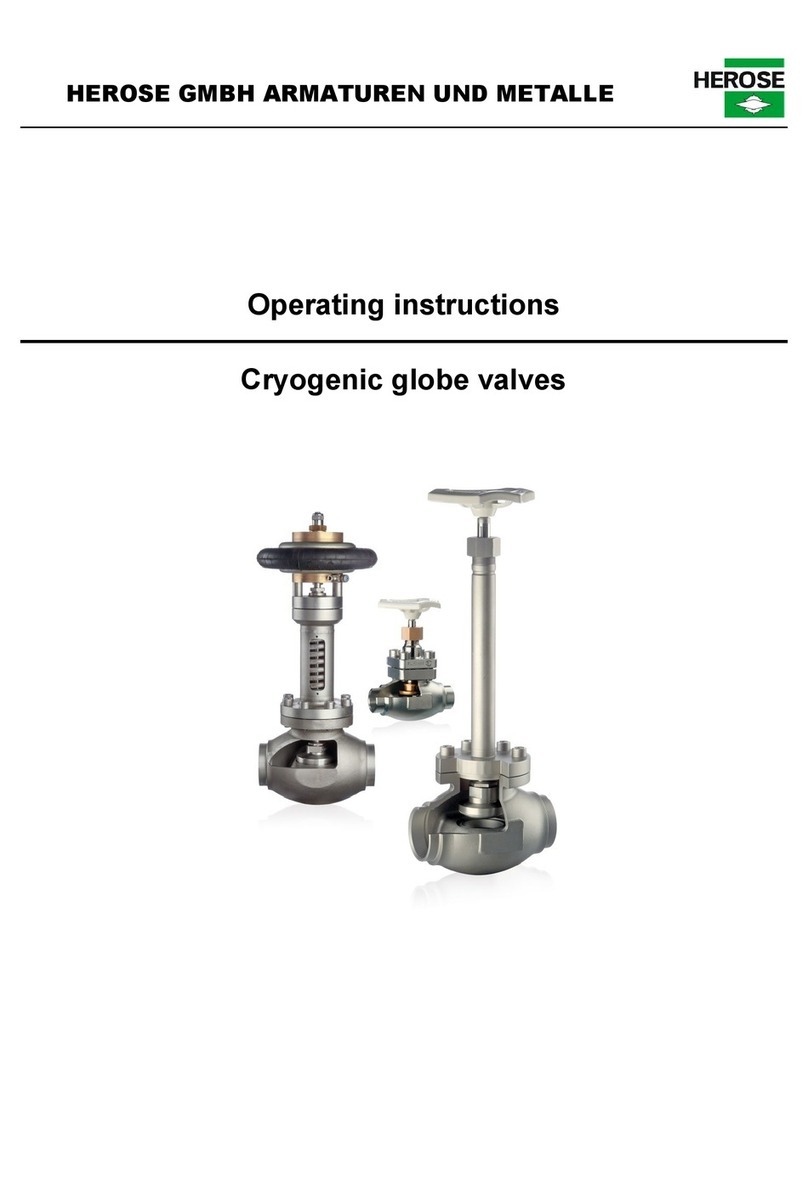
HEROSE
HEROSE 0131 Series User manual

HEROSE
HEROSE 0651X User manual

HEROSE
HEROSE 06810 User manual

HEROSE
HEROSE 7111 User manual

HEROSE
HEROSE 01420 User manual
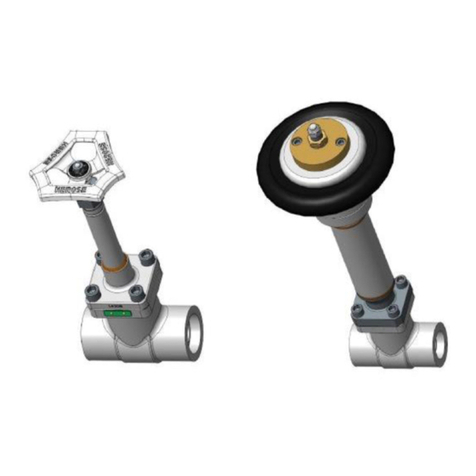
HEROSE
HEROSE 093 Series User manual
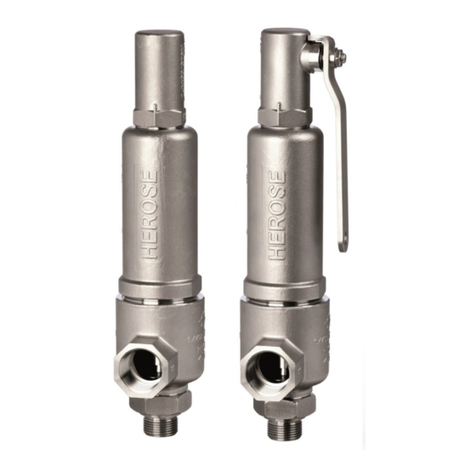
HEROSE
HEROSE 0681 Series User manual
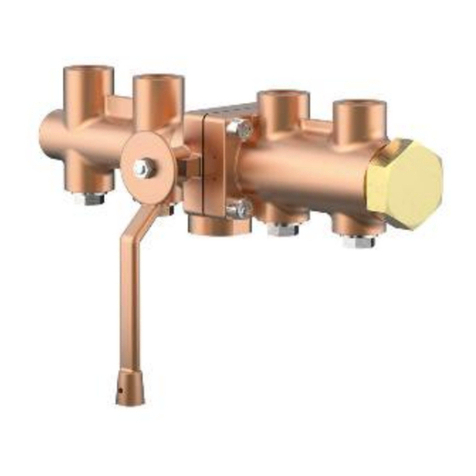
HEROSE
HEROSE 0651 Series User manual
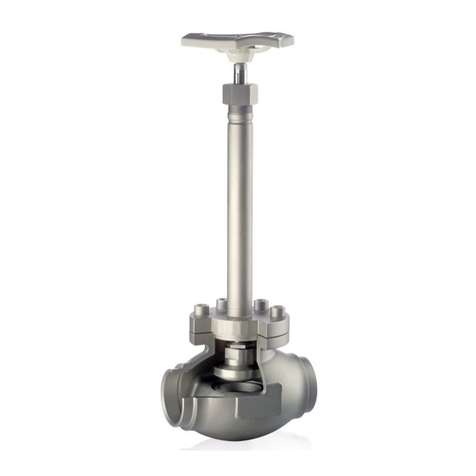
HEROSE
HEROSE 0327 Series User manual

HEROSE
HEROSE 0651 Series User manual

HEROSE
HEROSE 06001 User manual

HEROSE
HEROSE 0681 Series User manual

HEROSE
HEROSE 7111 User manual
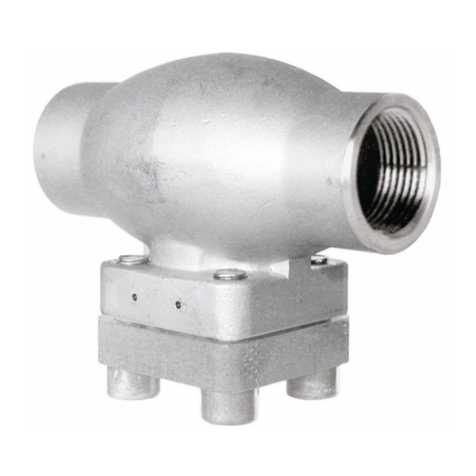
HEROSE
HEROSE 08411 User manual

HEROSE
HEROSE 03021 User manual
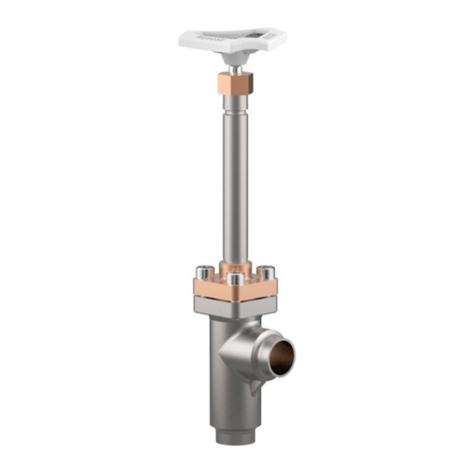
HEROSE
HEROSE 01312 User manual

HEROSE
HEROSE T118 User manual
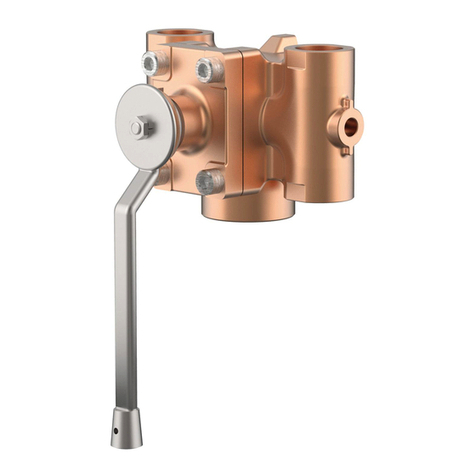
HEROSE
HEROSE 7111 User manual

HEROSE
HEROSE 01312 User manual
Popular Control Unit manuals by other brands
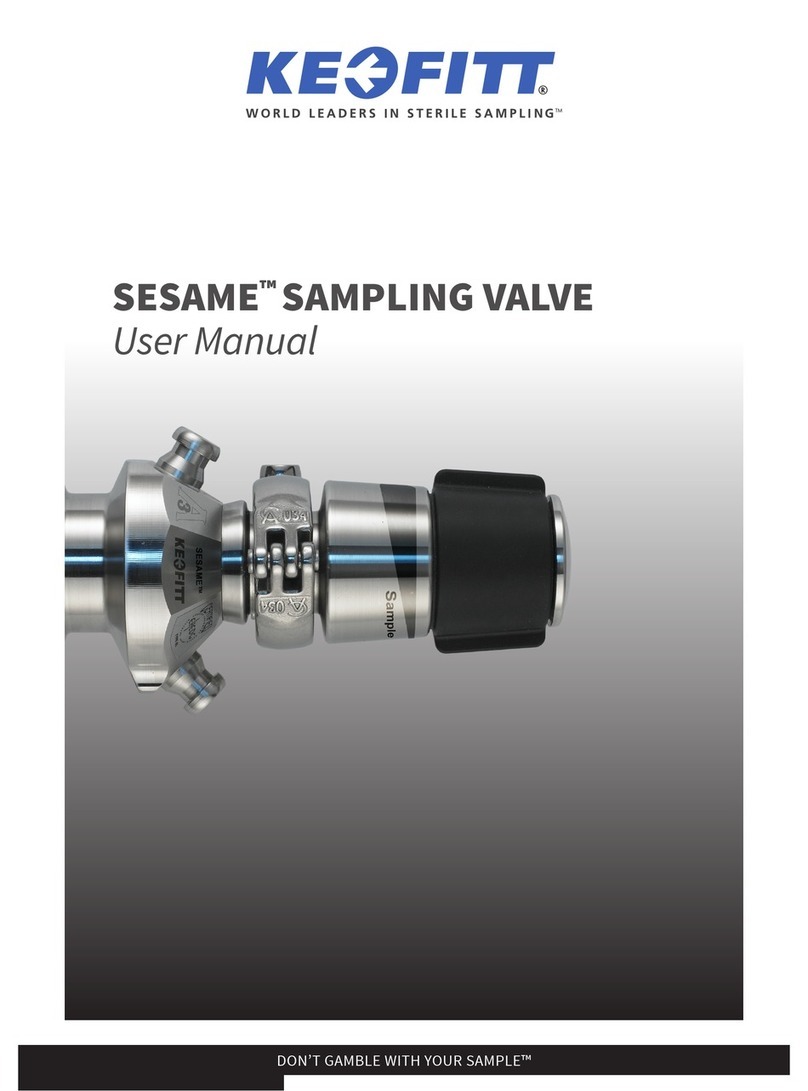
Keofitt
Keofitt SESAME series user manual
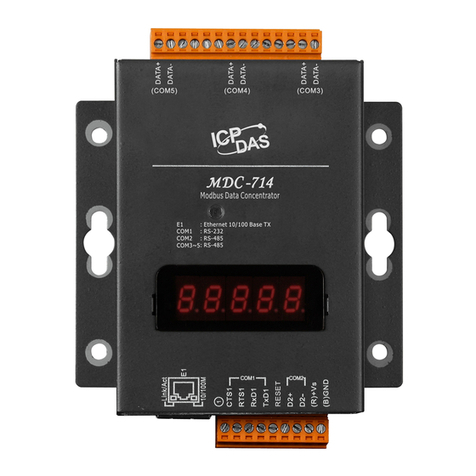
ICP DAS USA
ICP DAS USA MDC-700 Series user manual
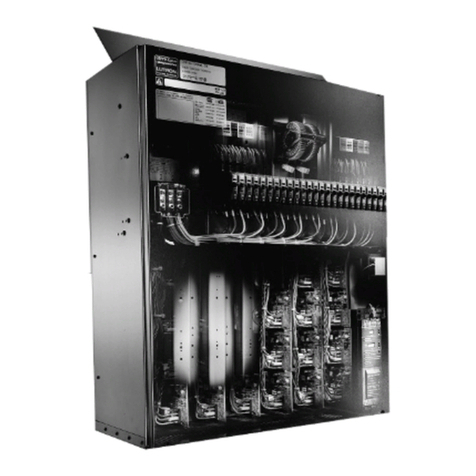
Lutron Electronics
Lutron Electronics Grafik Eye GRX-4000 Series Installation, operation and maintenance manual
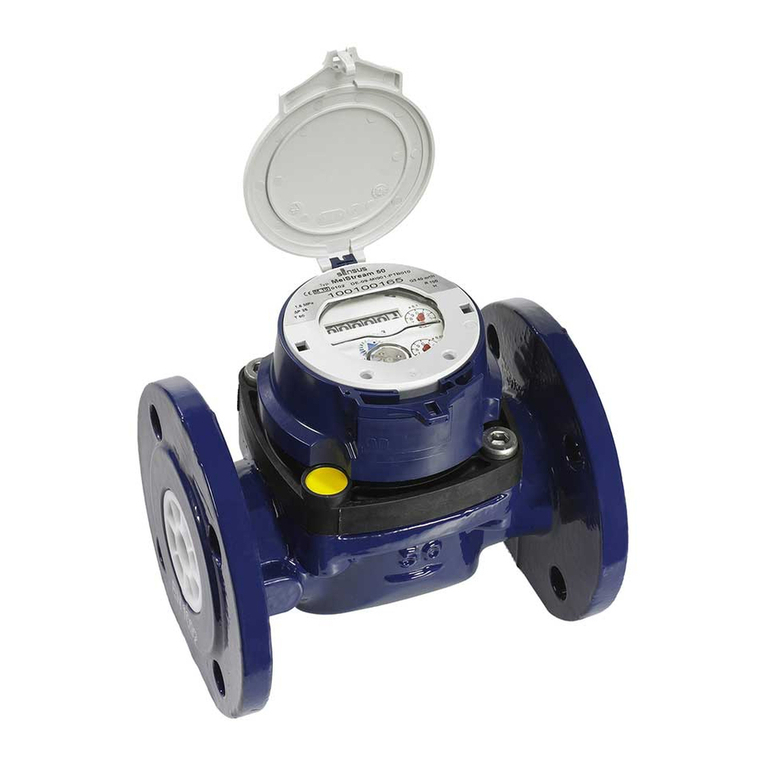
Xylem
Xylem sensus HRI-Mei FS installation manual
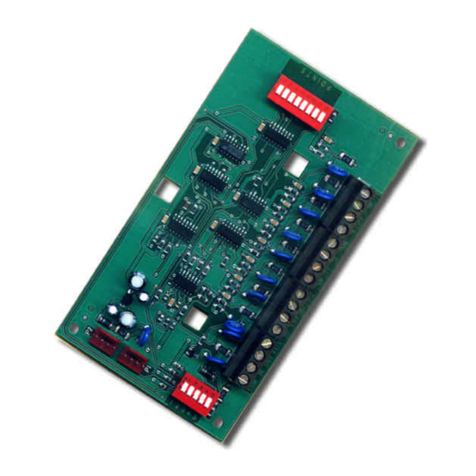
Radionics
Radionics D8128D installation instructions
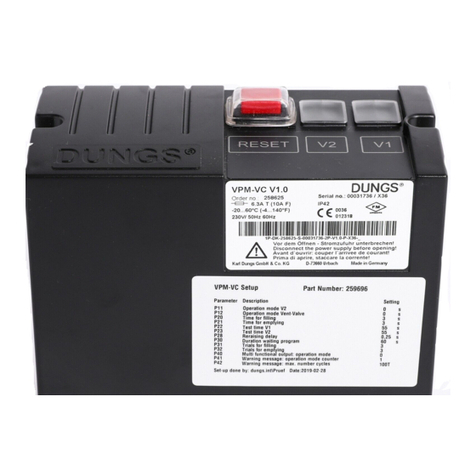
Dungs
Dungs VPM-VC instructions
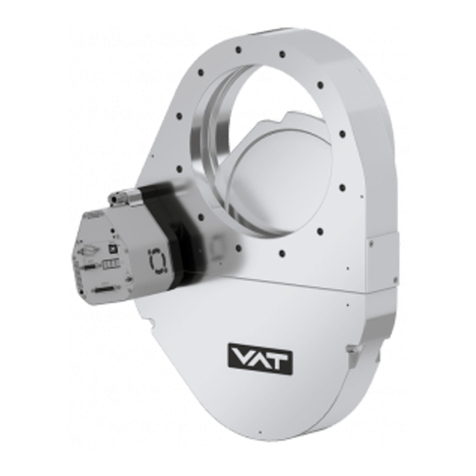
VAT
VAT 653 Series Installation, operating, & maintenance instructions
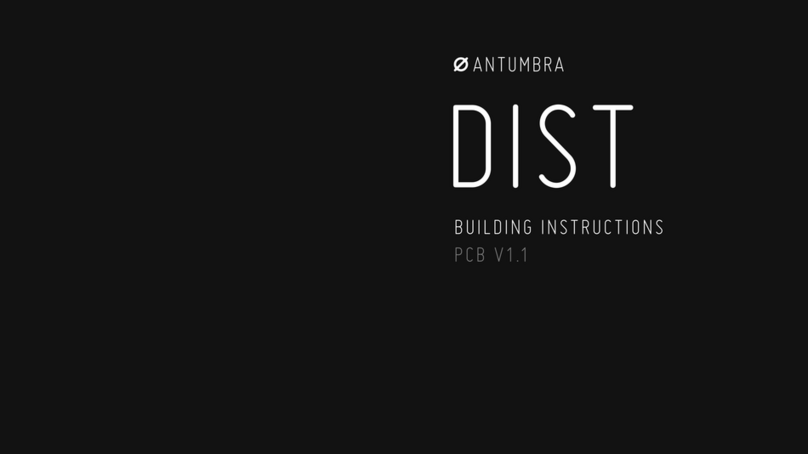
ANTUMBRA
ANTUMBRA DIST Building instructions
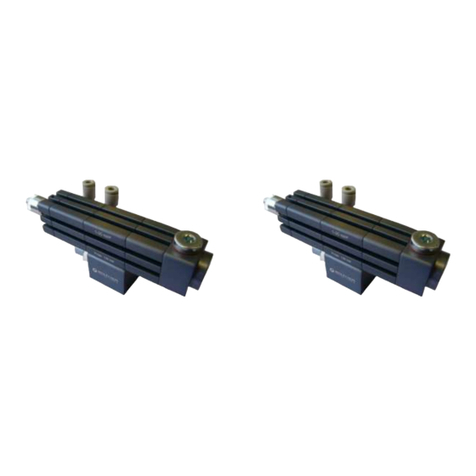
Walther Systemtechnik
Walther Systemtechnik WDV-01 Assembly & instruction manual
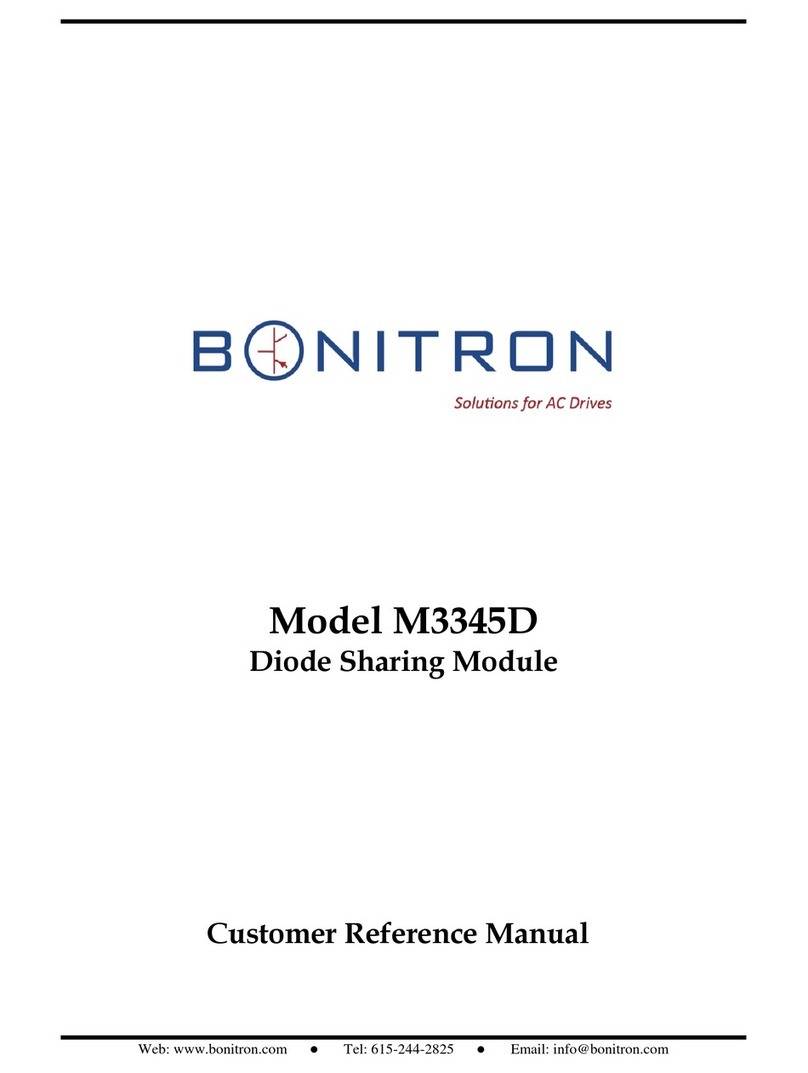
bonitron
bonitron M3345D Customer Reference Manual
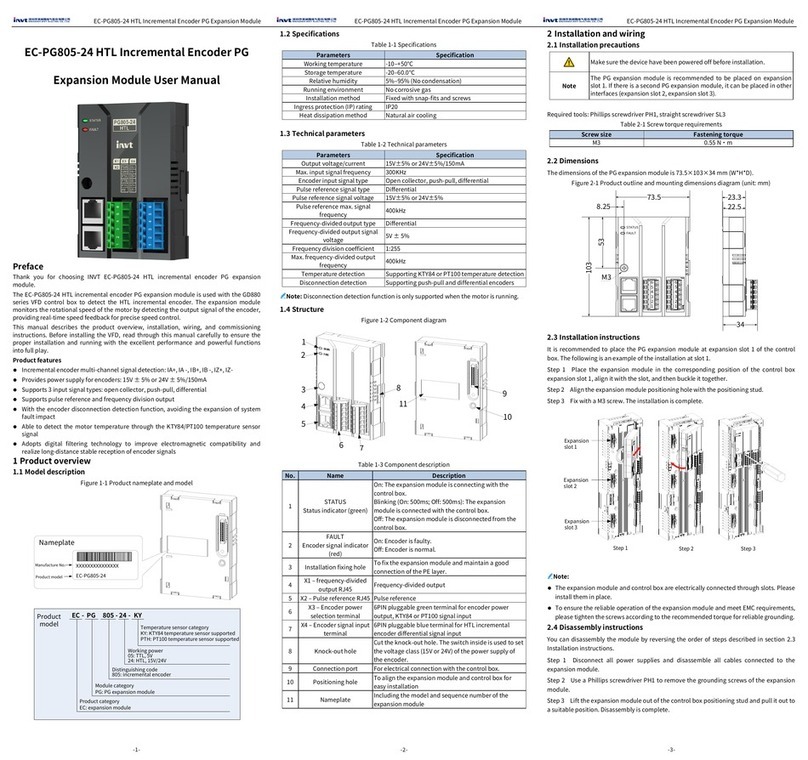
INVT
INVT EC-PG805-24 user manual
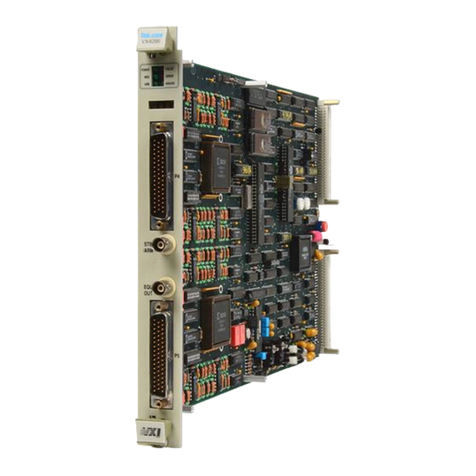
Tektronix
Tektronix VX4286 user manual
